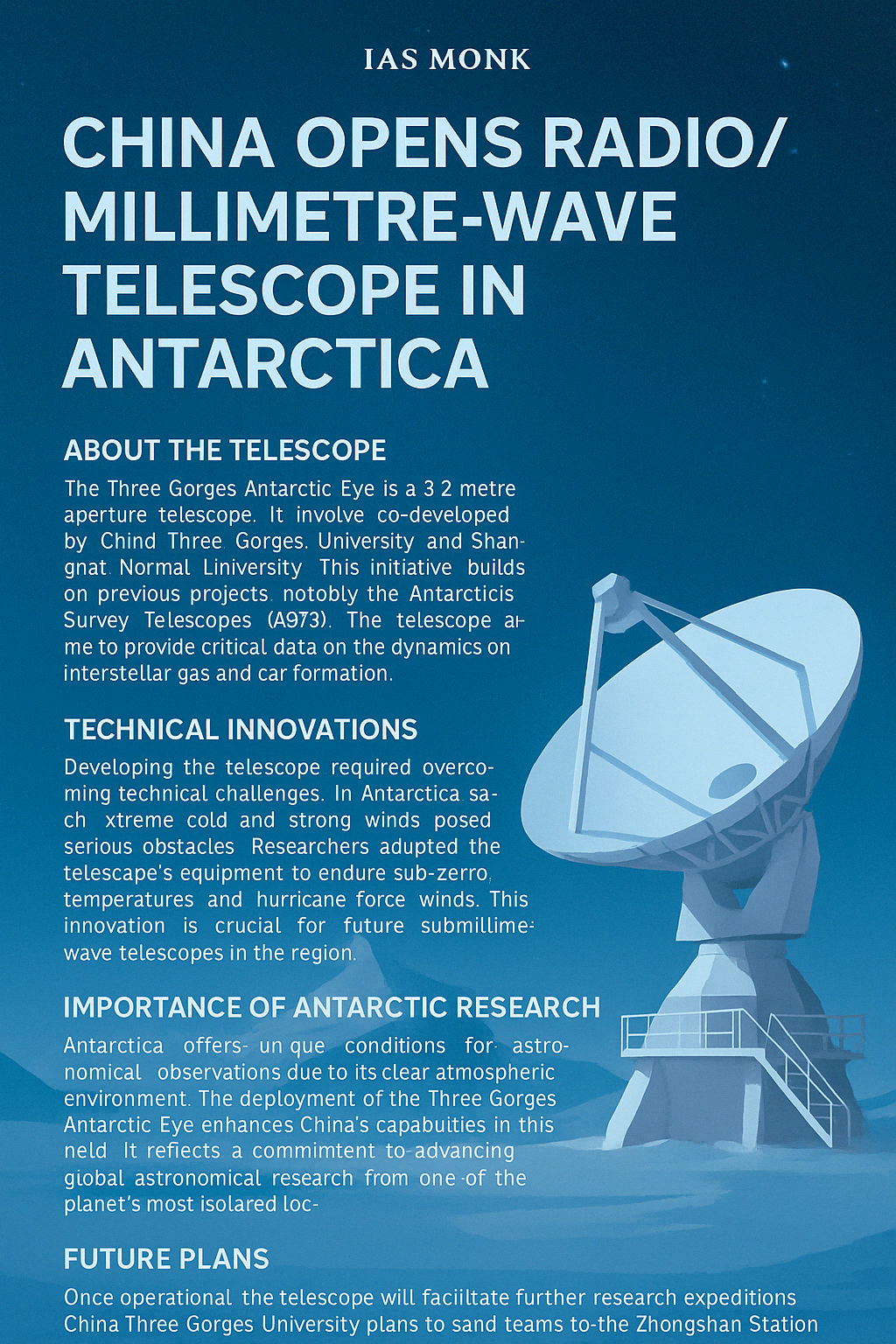
🧭June 24, 2025 Post 3: 🌀THE EXPLODING SHADOW OVER THE DESERT: US–Iran–Israel Conflict | High Quality Mains Essay: Shadows Over Peace: How the U.S.–Israel Bond and Strategic Aggression Redraw the World Order | For IAS-2026 :Prelims MCQs
🌀 THE EXPLODING SHADOW OVER THE DESERT

NATIONAL SECURITY & GLOBAL GEOPOLITICS — PETAL 003
🗓 Post Date: June 24, 2025 | 🧭 Focus: US–Iran–Israel Conflict, Global Oil Security, Strategic Straits
🕊️ Intro Whisper
A midnight sky lit up not with stars but with strikes. The echoes were not just of missiles—but of old fears reborn in new fire.
🔥 KEY HIGHLIGHTS
- The United States launched coordinated strikes on Iran’s nuclear sites at Natanz, Fordow, and Isfahan under Operation Midnight Hammer.
- This marks the first direct U.S. military intervention against Iran’s nuclear program.
- The attack was conducted in coordination with Israel, intensifying the ongoing Iran–Israel shadow conflict.
- Iran has threatened to block the Strait of Hormuz, a critical chokepoint for global oil transit.
- Closure of the strait could disrupt 20% of global oil supply and impact India’s economy.
🧪 CONCEPT EXPLAINER: Why the U.S.–Israel Bond Runs Deeper Than Diplomacy
- Military and Intelligence Nexus: Israel is the largest recipient of U.S. military aid. Joint exercises, technology sharing (like Iron Dome), and satellite intelligence cooperation make their militaries tightly integrated.
- Strategic Anchor in Middle East: Since the Cold War, Israel has served as a geopolitical outpost of U.S. interests in the region.
- Common Adversary – Iran: Both nations see Iran’s nuclear ambition as an existential threat—Israel for survival, the U.S. for regional control.
- Political Alignment: U.S. domestic politics also favor strong support for Israel, making bipartisan cooperation enduring.
📜 GS PAPER MAPPING
- GS Paper 2: International Relations
- India–West Asia relations
- Global diplomacy and energy security
- JCPOA & Non-Proliferation Regimes
- GS Paper 3: Economy
- Impact on crude prices
- Strategic oil reserves
- Strait of Hormuz & maritime chokepoints
🧠 A THOUGHT SPARK — by IAS Monk
“Some wars are not declared with words but with targets—chosen in silence, justified in fear. When alliances fire, the world trembles in its sleep.”
High Quality Mains Essay For Practice :
Word Limit 1000-1200
Shadows Over Peace: How the U.S.–Israel Bond and Strategic Aggression Redraw the World Order
The shimmering deserts of Iran were jolted awake by midnight strikes on June 24, 2025. Codenamed Operation Midnight Hammer, the United States—coordinating closely with Israeli forces—bombed three critical Iranian nuclear sites: Natanz, Fordow, and Isfahan. While this may appear as yet another chapter in the protracted U.S.–Iran saga, its implications stretch far beyond bilateral hostilities. The deeper truth lies in the quiet yet potent convergence of two historical realities: the iron-clad Israel–U.S. alliance and the American predisposition towards unilateral strategic coercion. Together, they are now reshaping alliances and unsettling the precarious equilibrium of the global order.
The Blood-Deep Bond: U.S. and Israel’s Strategic Synchronicity
Since Israel’s founding in 1948, the United States has been its most steadfast ally. What began as a Cold War hedge matured into a relationship of exceptional intimacy—marked by military aid, joint technological innovation, and unwavering diplomatic support. Over $150 billion in U.S. aid has flowed into Israel over the decades, making it the largest cumulative recipient of American assistance.
This support transcends money. The U.S. provides Israel with real-time intelligence, co-develops missile defense systems like Iron Dome, and offers unmatched diplomatic cover in global forums—even when Israel’s policies in the West Bank and Gaza come under international scrutiny.
On the other hand, Israel serves as the American anchor in a region fraught with volatility. Its military, intelligence capabilities, and geographical position allow Washington to monitor and influence West Asia without heavy troop deployment. The “special relationship” thus straddles security, political values, and mutual existential fears—especially concerning Iran.
For both nations, Tehran represents a red line. While Israel sees Iran’s nuclear ambition as a threat to its very survival, the U.S. frames it as a challenge to global norms and regional hegemony. In recent years, especially after the 2018 U.S. withdrawal from the Joint Comprehensive Plan of Action (JCPOA), military coordination between Washington and Tel Aviv has grown tighter, turning diplomacy into deterrence.
Unilateralism Disguised as Deterrence: The U.S. Playbook
The recent airstrikes are not an isolated reaction but part of a broader American strategic culture that leans heavily toward muscular engagement. This is not new. From Iraq to Libya, and now Iran, the U.S. has often chosen preemptive action over multilateral patience.
The 2025 strikes on Iran’s nuclear sites were executed without United Nations approval, and notably, without global consensus. Once again, the doctrine of “preventive security”—which claims legitimacy in destroying a threat before it materializes—has trumped diplomacy. This raises key questions about global governance: Can one or two nations unilaterally define, judge, and execute what they perceive as justice?
The problem deepens when such highhandedness carries the endorsement of domestic politics. In the U.S., bipartisan support for Israel and hawkishness on Iran create a potent cocktail that rewards assertiveness. But these actions are rarely cost-free.
The Axis Awakens: Russia, China, and Iran’s Emerging Triangle
The consequences of these unilateral decisions have been profound and unintended. In pushing Iran into a corner, the U.S. has catalyzed a new strategic triangle involving Russia, China, and Iran. Each has its motivations, but together, they now represent a significant counterweight to the U.S.-led world order.
- China, facing growing hostility from the West, sees Iran as a critical node in its Belt and Road Initiative and a valuable source of energy.
- Russia, isolated due to the Ukraine war and western sanctions, has found a geopolitical partner in Tehran that aligns with its anti-West worldview.
- Iran, strangled by sanctions and isolated diplomatically, has eagerly embraced both Moscow and Beijing to survive and retaliate.
This alignment is not just symbolic. China has increased its oil purchases from Iran despite U.S. sanctions. Russia and Iran have begun joint military exercises. Even arms transfers and joint satellite projects have surfaced in intelligence reports. In effect, the U.S.’s attempt to isolate Iran has driven it into the warm embrace of two other global powers.
The Energy Chokepoint: Hormuz and India’s Vulnerable Horizon
As Iran moves to close the Strait of Hormuz in retaliation, the world faces another peril. This narrow passage—just 21 nautical miles wide at its narrowest—is the artery through which 20% of global oil and significant LNG passes daily. For nations like India, this is an economic lifeline.
India imports nearly 90% of its crude oil, and nearly 2 million barrels per day transit the Strait. Although diversification towards Russian and American oil has improved energy security, a prolonged closure would still raise freight costs, trigger fuel inflation, hurt the rupee, and choke fiscal space.
Moreover, the U.S.–Iran escalation risks regionalizing the conflict. Already, proxies in Lebanon, Yemen, and Iraq have threatened retaliation, and global markets have responded with oil price spikes and gold surges.
India’s Geopolitical Dilemma: Between the Sword and the Sea
For India, the current situation presents a strategic conundrum. On the one hand, it has close ties with the U.S. and Israel—anchored in defense cooperation, technology trade, and democratic values. On the other, India enjoys strong relations with Iran, Russia, and increasingly, China—vital for energy, connectivity (Chabahar Port), and regional stability.
India must now walk a tightrope—condemning violence without taking sides overtly. A careless diplomatic move could alienate a key partner, while silence may appear as passive complicity. Moreover, if the Strait of Hormuz remains volatile, India’s core economic interests will face turbulence.
The challenge for Indian diplomacy is not only to preserve economic interests but to contribute to de-escalation by advocating for dialogue, perhaps through forums like SCO, BRICS, or the UN.
Conclusion: Strategic Shadows Demand Strategic Light
The United States’ attack on Iran’s nuclear facilities, enabled and emboldened by its deep ties with Israel, may temporarily slow Iran’s nuclear ambitions, but it has also fractured global harmony. In pushing Tehran into a corner, Washington may have succeeded in drawing a red line—but it has also redrawn the global map of alignments.
The deepening nexus between Iran, Russia, and China is not merely tactical—it is philosophical, born from mutual resentment of American exceptionalism. In the long run, such fractures threaten to turn the world into two competing camps.
Strategic restraint, not strategic arrogance, must guide global leadership. Power, when unchecked, creates not peace but paranoia. The world, already fatigued by wars and pandemics, needs bridges—not bombs—to secure its future.
In this uncertain moment, the wisest course may not be whose strike was stronger—but who first chose not to strike.
Target IAS-26: Daily MCQs :
📌 Prelims Practice MCQs
Topic: U.S Strikes Iran
MCQ 1 – Type 1: How many of the above statements are correct?
Q. Consider the following statements regarding the Joint Comprehensive Plan of Action (JCPOA):
1. Under the JCPOA, Iran agreed to cap uranium enrichment at 3.67%.
2. The JCPOA permitted uranium enrichment at Fordow without any limitations.
3. The agreement included redesigning the Arak Heavy Water Reactor to prevent plutonium production.
4. Iran had to reduce its number of centrifuges under JCPOA.
How many of the above statements are correct?
A) Only two
B) Only three
C) All four
D) Only one
🌀 Didn’t get it? Click here (▸) for the Correct Answer & Explanation
✅ Correct Answer: B) Only three
🧠 Explanation:
•1) ✅ True – The JCPOA capped enrichment at 3.67%.
•2) ❌ False – Fordow was barred from uranium enrichment for 15 years.
•3) ✅ True – The Arak reactor had to be redesigned to prevent plutonium production.
•4) ✅ True – Iran reduced its centrifuges from ~20,000 to 6,104.
MCQ 2 – Type 2: Two Statements Based
Q. Consider the following statements:
1. The Strait of Hormuz connects the Persian Gulf to the Red Sea and is bordered by Iran and Oman.
2. It handles around one-fifth of the global oil supply and a significant portion of LNG.
Which of the above statements is/are correct?
A) Only 1 is correct
B) Only 2 is correct
C) Both are correct
D) Neither is correct
🌀 Didn’t get it? Click here (▸) for the Correct Answer & Explanation
✅ Correct Answer: B) Only 2 is correct
🧠 Explanation:
•1) ❌ False – The Strait connects the Persian Gulf to the Gulf of Oman, not the Red Sea.
•2) ✅ True – It is a major oil and LNG transit route, handling nearly 20% of global oil.
MCQ 3 – Type 3: Which of the statements is/are correct?
Q. Which of the following statements are correct regarding Iran’s nuclear infrastructure?
Bushehr Nuclear Power Plant is a commercial facility under IAEA monitoring.
Fordow was allowed to enrich uranium under JCPOA without restrictions.
Natanz was the only site permitted to enrich uranium under strict monitoring.
Tehran Research Reactor was repurposed to use low-enriched uranium.
Select the correct code:
A) 1, 2 and 3 only
B) 1, 3 and 4 only
C) 2 and 4 only
D) 1 and 4 only
🌀 Didn’t get it? Click here (▸) for the Correct Answer & Explanation
✅ Correct Answer: B) 1, 3 and 4 only
🧠 Explanation:
•1) ✅ True – Bushehr is for peaceful use and monitored by IAEA.
•2) ❌ False – Fordow enrichment was prohibited under JCPOA.
•3) ✅ True – Natanz was permitted under tight conditions.
•4) ✅ True – Tehran Research Reactor uses low-enriched uranium.
MCQ 4 – Type 4: Direct Fact
Q. What is the name of the recent U.S. military operation that targeted Iran’s nuclear facilities?
A) Operation Iron Thunder
B) Operation Desert Viper
C) Operation Midnight Hammer
D) Operation Silent Storm
🌀 Didn’t get it? Click here (▸) for the Correct Answer & Explanation.
✅ Correct Answer: C) Operation Midnight Hammer
🧠 Explanation:
•C) ✅ Correct – “Operation Midnight Hammer” was the codename for the coordinated U.S. airstrikes on Iranian nuclear facilities including Natanz, Fordow, and Isfahan.

















